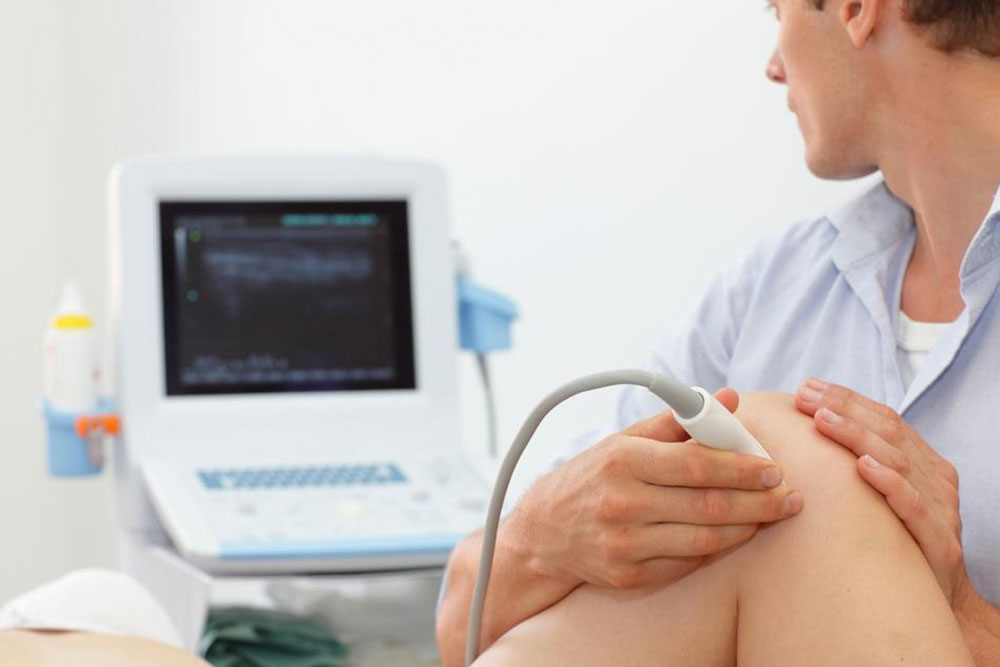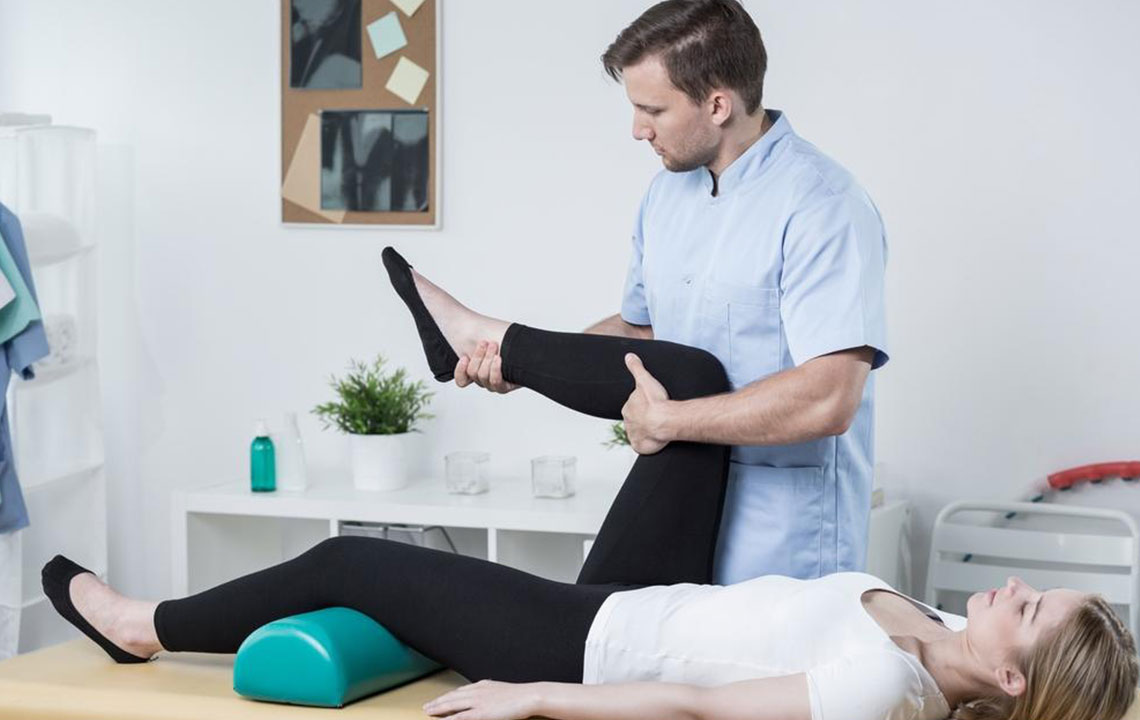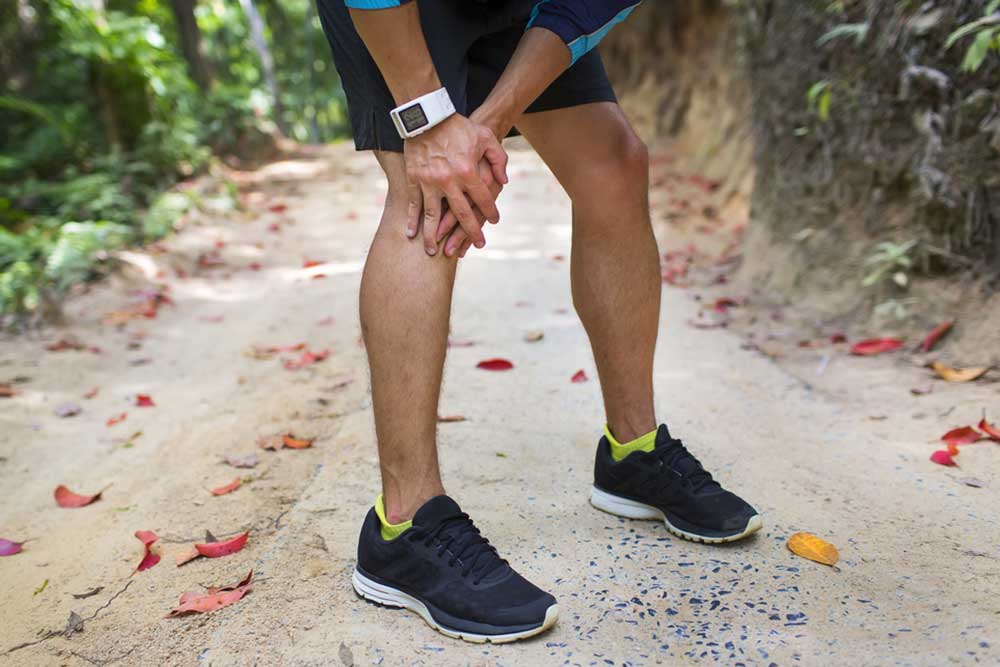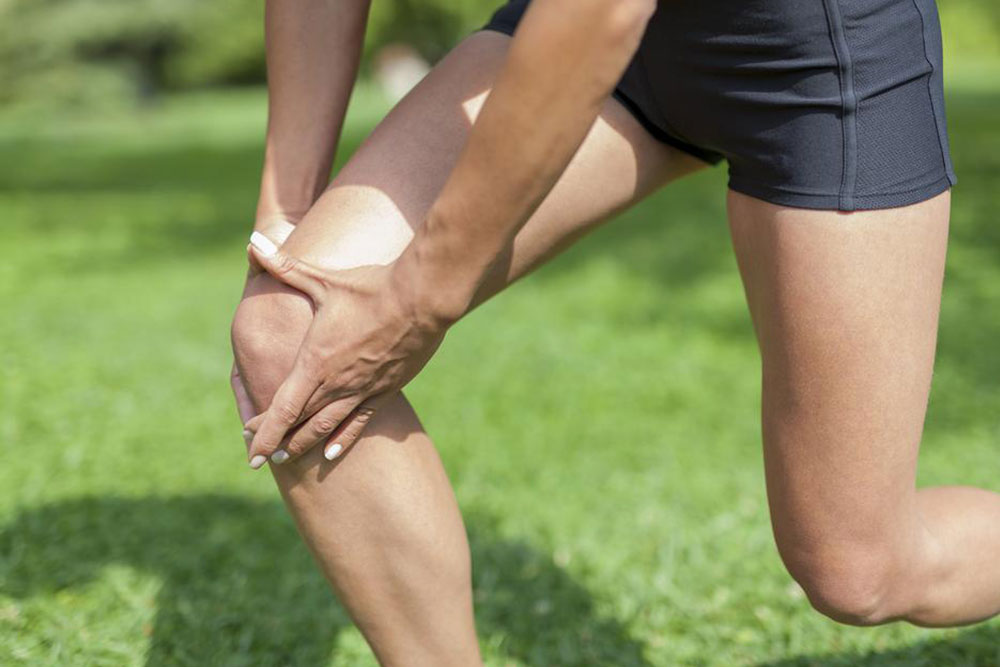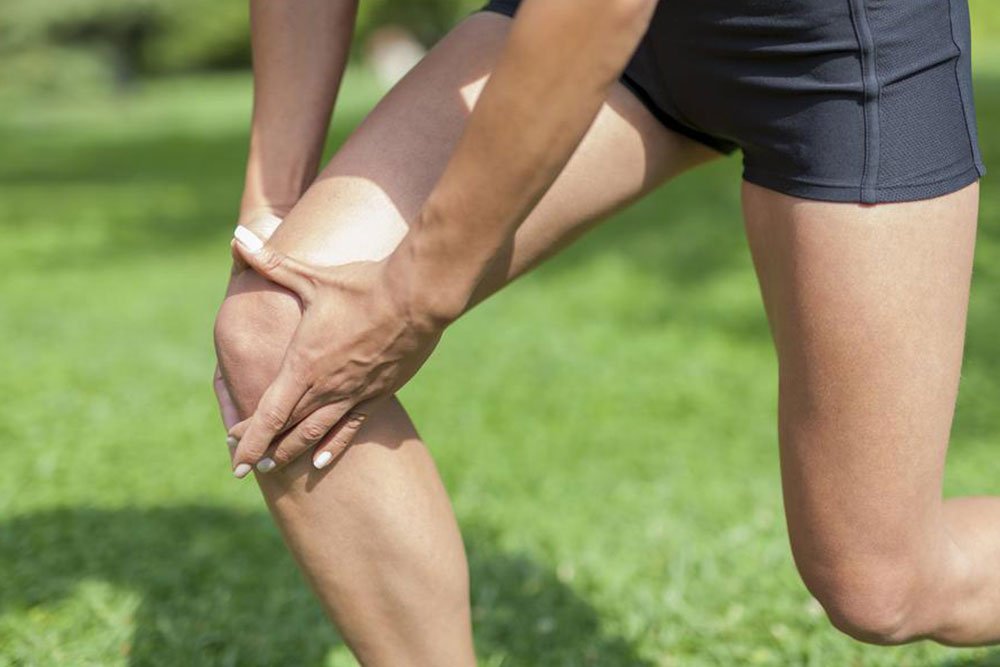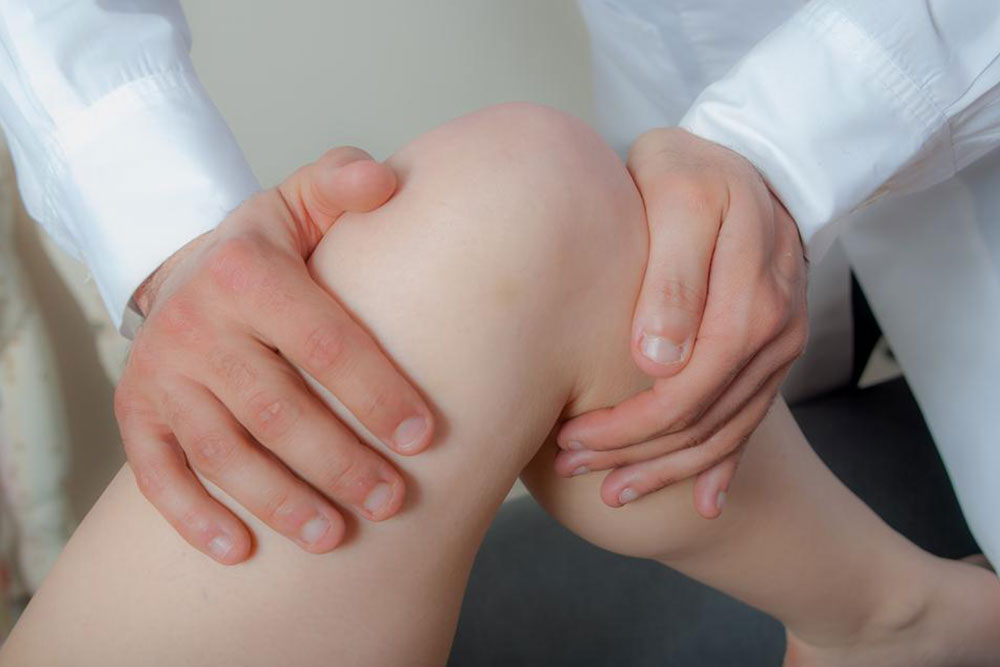Comprehensive Guide to Meniscus Tear Management and Recovery
This comprehensive guide covers everything about meniscus tear diagnosis, treatment options—from conservative care to surgery—and recovery tips. Learn how to prevent injuries, recognize symptoms, and achieve optimal healing, ensuring a quick return to normal activities with proper medical guidance and care.

Understanding Meniscus Tear Management and Healing
The meniscus is a crucial piece of cartilage within each knee joint, serving as a cushion between the thigh bone (femur) and shin bone (tibia). This cartilage can suffer tears or damage during activities that put pressure on the knees. Athletes involved in football, basketball, soccer, and tennis often experience meniscus tears, but such injuries can also occur from sudden, careless movements like rising from a squat, pivoting, or lifting heavy objects. The treatment approach depends on the injury's severity, ranging from home remedies to surgical procedures.
Preventive measures, including careful exercising and sports practices, can significantly reduce the risk of meniscus injuries.
People of all ages—children, teens, and seniors—are susceptible to meniscus tears. Kids and teens may injure their menisci during sports, while aging weakens cartilage and predisposes those over 30 to tears from simple movements like squatting or missteps. Individuals with osteoarthritis are also at elevated risk of knee cartilage injuries.
Symptoms include pain, swelling, difficulty bending or moving the knee, knee instability, and clicking or locking sensations. If these signs appear, consulting a healthcare professional is essential. Diagnosis involves physical exams and imaging tests such as X-rays, MRI scans, ultrasounds, or arthroscopy, with early detection facilitating easier treatment.
Mild to moderate meniscus tears can often be managed conservatively with rest, ice application, compression, and elevation. Using crutches and avoiding activities that worsen pain can aid recovery. Applying ice every 3-4 hours for about 30 minutes reduces inflammation, while compression bandages and elevation help control swelling. Anti-inflammatory medications may also be prescribed. Physical therapy and massage can further promote healing by reducing stiffness and improving mobility.
More severe tears may require surgical intervention, either open or arthroscopic. This minimally invasive procedure involves small incisions and the insertion of tools and a camera to repair the damaged meniscus, typically lasting around an hour. Patients usually leave the hospital the same day and can gradually resume physical activities within three to four weeks, following proper rehabilitation.
Recovery time varies based on factors like age, overall health, weight, and the specific surgical procedure performed. Those with arthritis may face a more challenging recovery, experiencing more pain and swelling initially. Applying ice, compression, and taking recommended supplements can alleviate inflammation during recovery. With appropriate treatment and careful adherence to medical advice, most patients regain their pre-injury activity levels. Avoid strenuous activities like squatting, running, or heavy lifting for about a month post-surgery to ensure optimal healing. Ignoring these precautions can lead to longer recovery or need for additional procedures.

